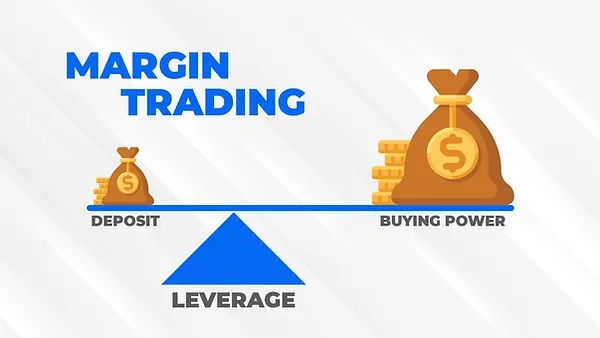
Leverage and margin are two concepts closely related to trading, particularly in financial markets. They involve borrowing funds to increase the size of a trading position, potentially amplifying both gains and losses. Here's an explanation of each:
Leverage:
Definition: Leverage refers to the ability to control a large position in the market with a relatively small amount of capital. It is essentially the use of borrowed funds to increase the size of a trading position beyond what would be possible with one's own capital alone.
Example: If you have $1,000 and you use leverage of 10:1, it means you can control a position size of $10,000 in the market. If the market moves in your favor, the gains (or losses) will be based on the $10,000 position, not just the $1,000 of your own capital.
Risk and Reward: While leverage can magnify profits, it also magnifies losses. Traders should be aware that trading with high leverage increases the risk of losing more than the initial investment.
Commonly Used Ratios: Leverage is often expressed as a ratio (e.g., 2:1, 5:1, 10:1). The ratio indicates how much larger the position is compared to the trader's own capital.
Margin:
Definition: Margin is the amount of money that a trader needs to have in their account to open and maintain a leveraged trading position. It is a security deposit held by the broker to cover potential losses from the trades.
Initial Margin: This is the amount required to open a new position. It ensures that the trader has sufficient funds to cover potential losses.
Maintenance Margin: This is the minimum amount of funds required to keep a position open. If the account falls below this level due to losses, the trader may receive a margin call.
Margin Call: A margin call is a notification from the broker that additional funds must be deposited into the trading account to cover potential losses. Failure to meet a margin call may lead to the automatic closure of positions.
Free Margin: Free margin is the amount of funds in the trading account that is available for opening new positions. It is calculated as the difference between the account balance and the used margin.
Leverage and Margin Relationship: Leverage and margin are related in that leverage is often expressed as a ratio, and margin is the percentage of the total position size that the trader must provide.
Example: If you want to open a position with a notional value of $10,000 and the broker requires a 2% margin, you need to have $200 (2% of $10,000) in your account as margin.
In summary, leverage allows traders to control larger positions with a smaller amount of capital, and margin is the collateral required by the broker to facilitate leveraged trading. While leverage can amplify profits, it also increases the risk of significant losses, making it important for traders to use these tools with caution and to understand the associated risks.
